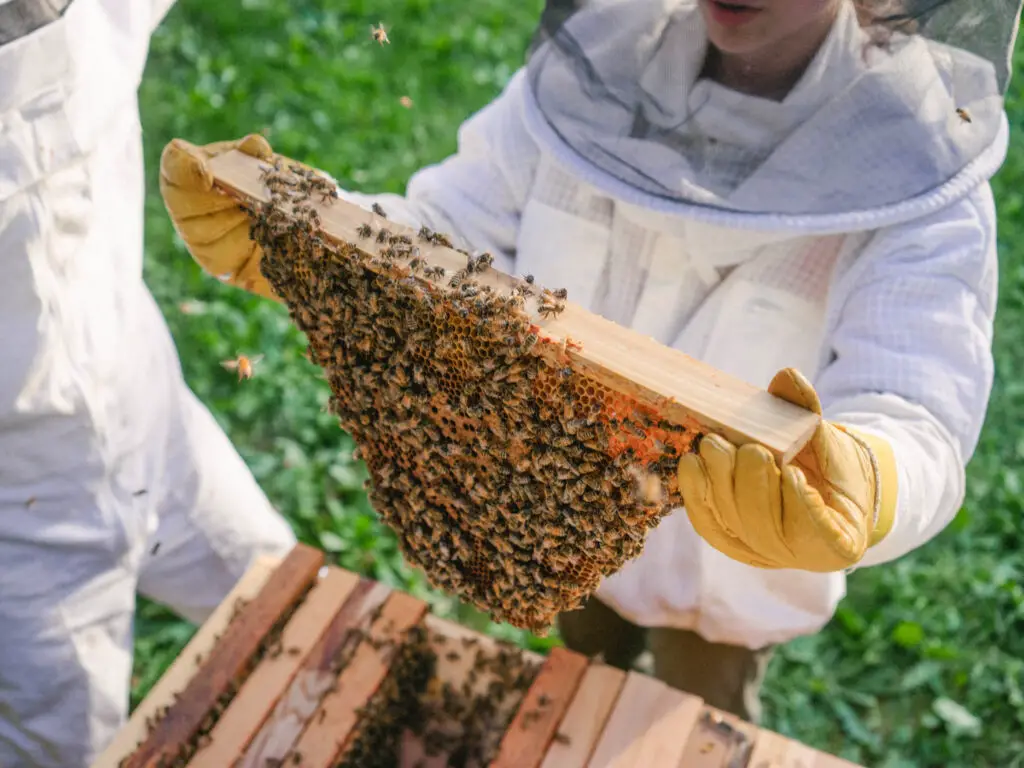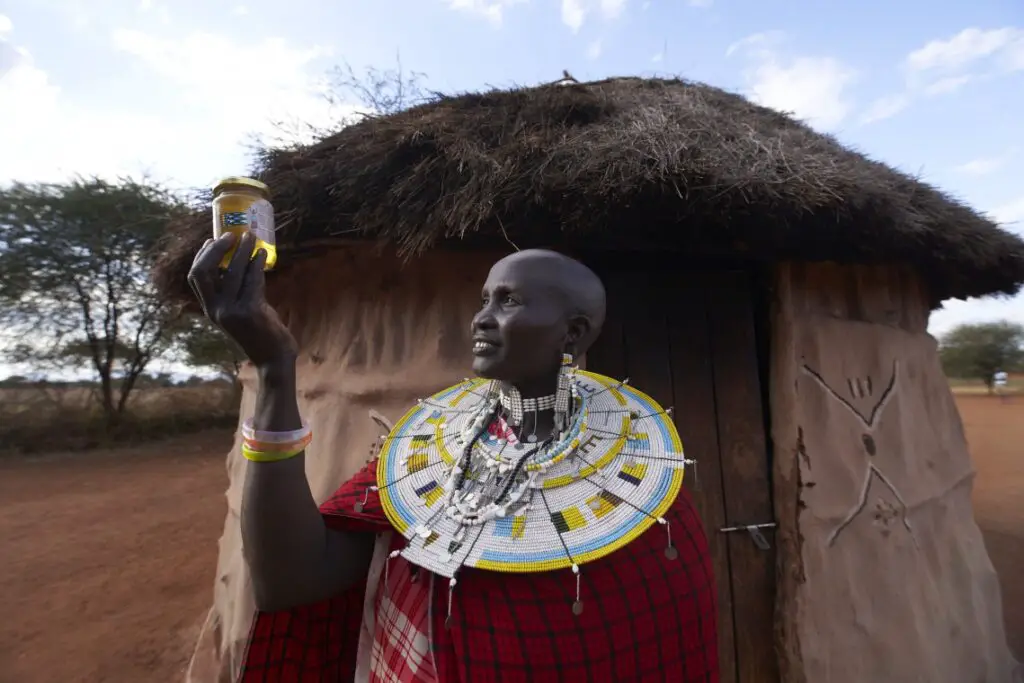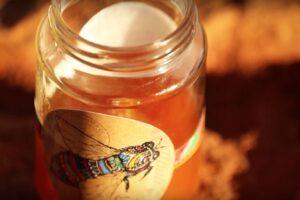Trending
- Africa’s new dawn: the rising role of digital and AI in agriculture
- Can Dangote Refinery Transform Africa Energy Ambition
- Gallup Survey: 80 per cent of Kenyan Workers Are Disengaged and Seek New Opportunities
- Madagascar Man Freed from 5KG Tumor After 15-Year Struggle
- How women in Africa are perceived and treated
- Sugar consumption in Kenya to Increase to 1.23 Million Tonnes
- Can Somalia and Turkey Oil deal Bring Change in Somaliland
- Remittances to Kenya dropped to $371.6 million in June, marking a six month low







 On the slopes of the Usambara ranges on the Eastern region of Tanzania, lays the Usambara forests sprawled across miles and miles of undulating old fold mountains.
On the slopes of the Usambara ranges on the Eastern region of Tanzania, lays the Usambara forests sprawled across miles and miles of undulating old fold mountains.